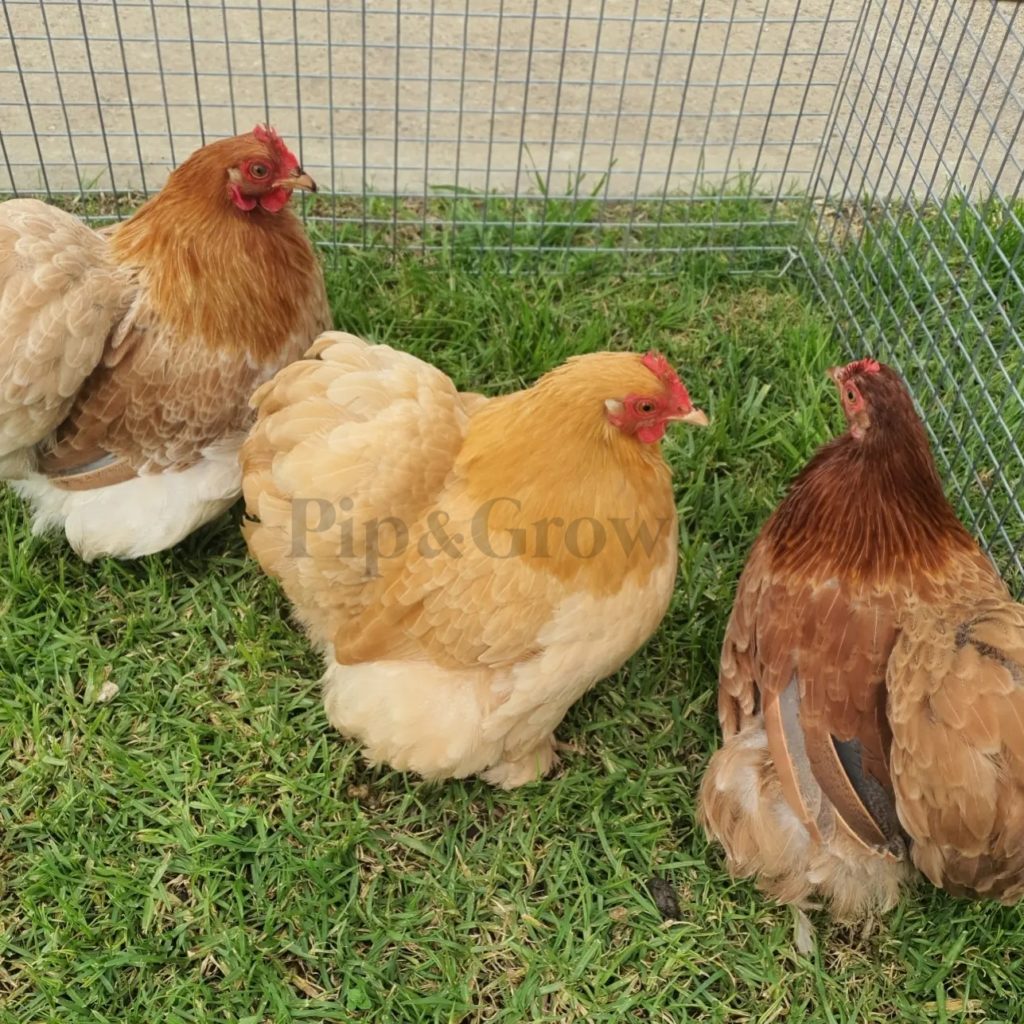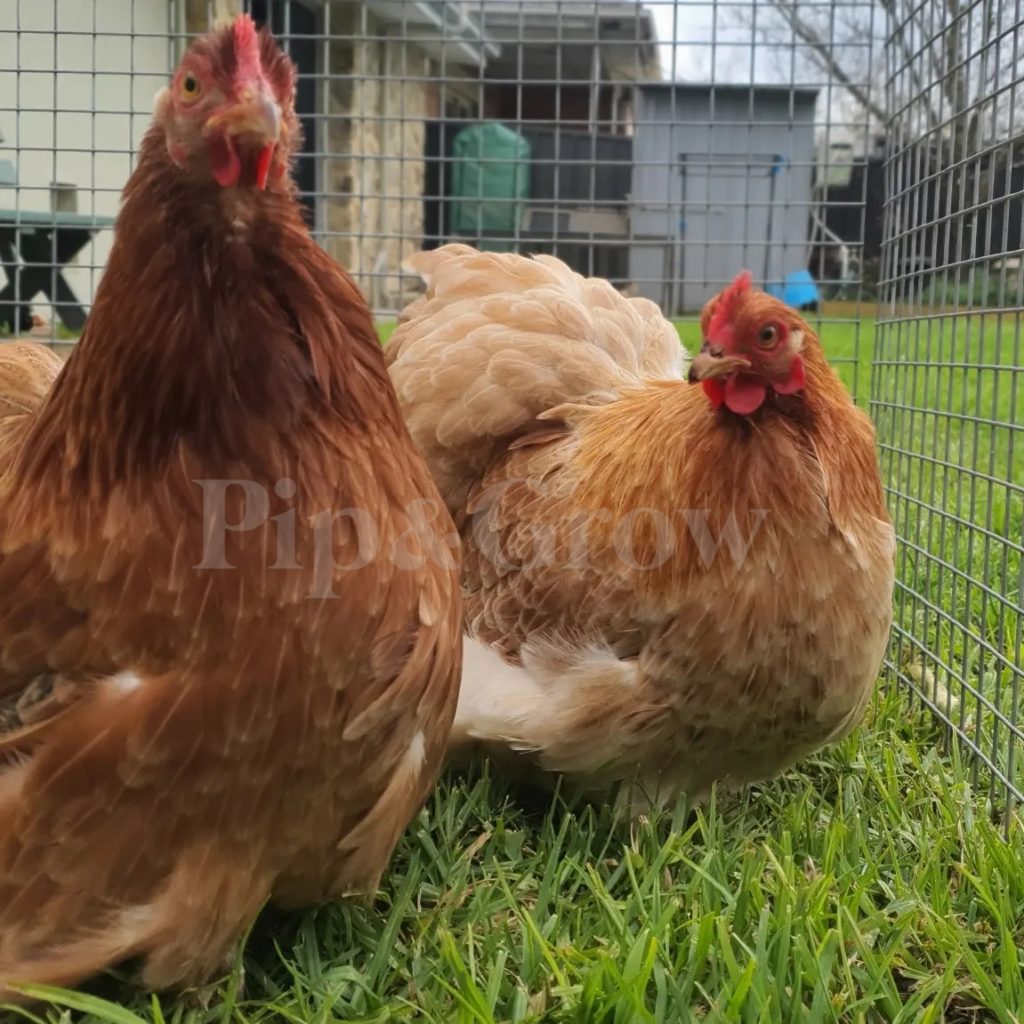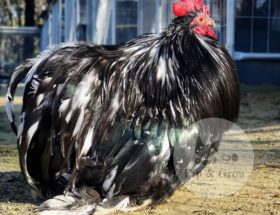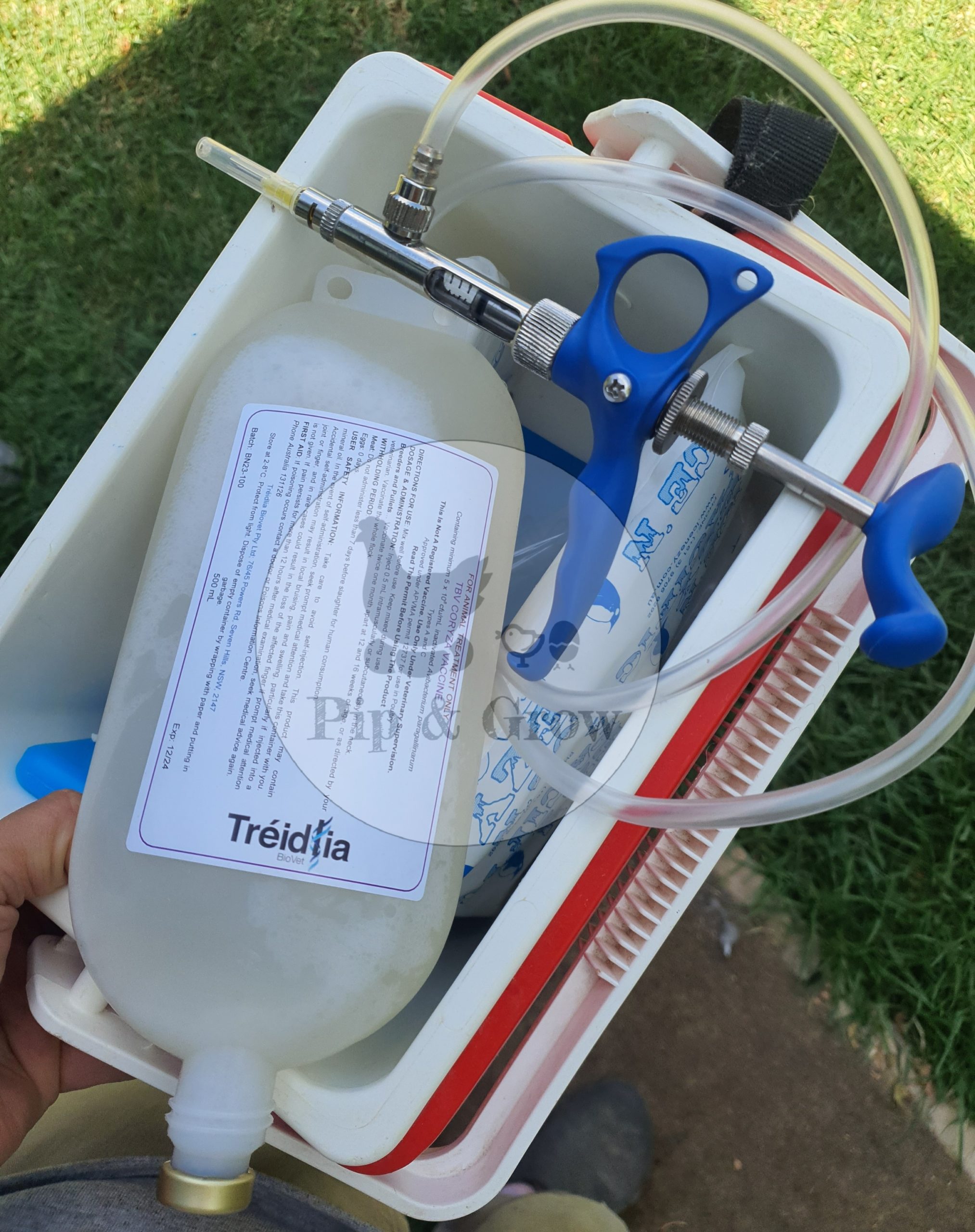
So you’ve acquired new chickens, and after diligently checking off all the health requirements as we suggested, they appear healthy and content. You’re eagerly anticipating their integration with your existing flock! If you’re a first-time chicken owner, and these are your initial feathered companions, you can bypass the quarantine stage. Since you don’t have an existing flock, there’s no need for quarantine. Simply place them in your prepared pen, and observe them closely for the first few days as they settle in and explore their new surroundings.
However, if you currently have an established flock and have just purchased new chickens to add:
STOP.
STOP right there.
It does not matter if the birds are from a reputable breeder or backyard keeper, It is a none negotiable process. Quarantining new chickens before introducing them to the existing flock is crucial for several reasons: It benefits the new birds, your existing flock, and the owner.
Why do we have to “Quarantine” ?
- Disease Prevention for Existing Flock: Even seemingly healthy chickens can carry diseases without showing symptoms. Quarantine prevents the spread of illnesses by providing isolation and observation, detecting potential health issues before introducing new birds to the rest of the flock.
- Disease Prevention for New Birds: Conversely, your existing flock may carry diseases that they’re immune to but can affect new birds, especially in stressful transitions. Quarantine offers adjustment time with minimal stress, reducing the risk of disease transmission.
- Parasite Prevention: New chickens may harbor internal or external parasites that can infect your existing flock. Quarantine allows for isolation and treatment of any parasites before introducing new birds to the rest of the flock.
- Observation and Monitoring: Close observation during quarantine enables early detection of illness or abnormal behavior, allowing for timely intervention and communication with the breeder or seller if concerns arise.
- Stress Reduction: Quarantine provides a controlled environment where new arrivals can acclimate without the stress of social interactions or territorial disputes, reducing the likelihood of health issues arising from stress.
- Integration Planning: Quarantine gives time for planning the integration of new chickens into the existing flock, allowing for assessment of flock dynamics, adjustment of housing or feeding arrangements, and development of a gradual introduction strategy to minimize conflicts and establish a harmonious social hierarchy.

How to “Quarantine”?
- Prepare a Quarantine Area: Set up a clean, sanitized pen away from your existing chickens to minimize disease transmission. Ensure the area is secure from predators and provides adequate shelter.
- Parasite Treatment: Treat new chickens for internal and external parasites upon arrival. Repeat the treatment 14 days later or follow the product label instructions for optimal parasite control.
- Provide Quality Feed and Clean Water: Offer nutritious feed and fresh water to ensure the new chickens eat well and stay hydrated during quarantine. Monitor their appetite and water consumption.
- Minimize Handling: Limit handling of new birds during the quarantine period to allow them time to acclimate to their surroundings and reduce stress. Minimizing stress helps maintain their health and immunity.
- Monitor Health: Observe the new chickens closely for any signs of illness, abnormal behavior, or parasites- even after the treatment. Check for symptoms such as lethargy, coughing, sneezing, diarrhea, or abnormal droppings.
- Practice Good Hygiene: Always wash your hands thoroughly after visiting the quarantine pen to prevent the spread of potential diseases between the new and existing flock.
- Duration of Quarantine: Quarantine new chickens for a minimum of 2-4 weeks, although longer periods may be necessary depending on the specific circumstances.
Quarantining new chickens is a crucial step in poultry management to protect the health and well-being of all birds involved. It minimizes the risk of disease transmission, reduces the potential for financial and emotional loss, and promotes a smooth integration process. Remember, it only takes one sick bird to infect an entire flock, so it’s always better to err on the side of caution.
After the quarantine period, gradually introduce the new chickens to your existing flock to minimize the risk of aggression and establish a harmonious social hierarchy. Supervise their interactions closely during this time.
Read more “Introducing new chickens to existing flock”


